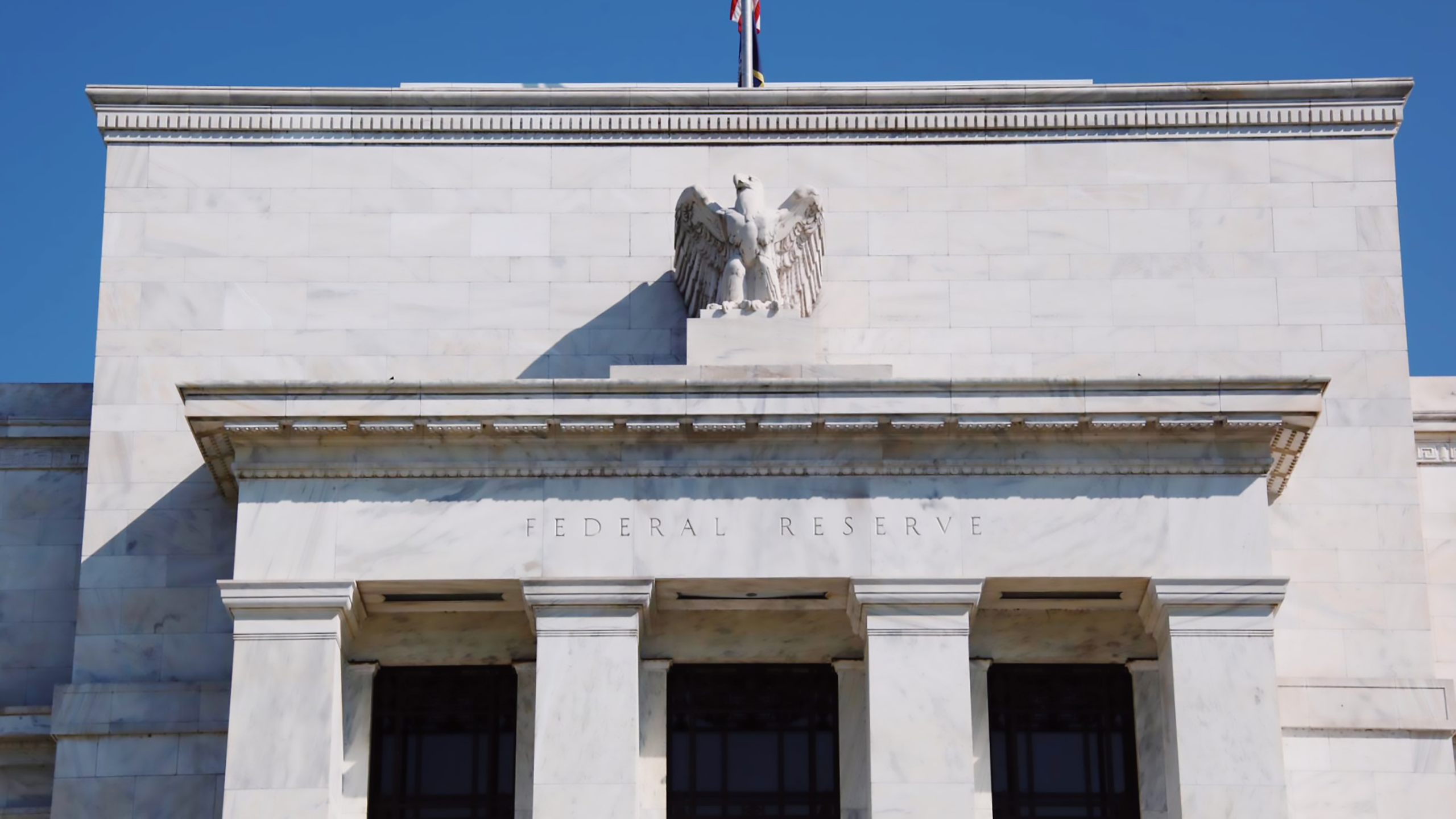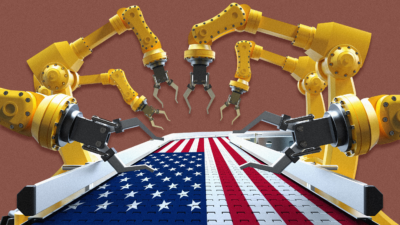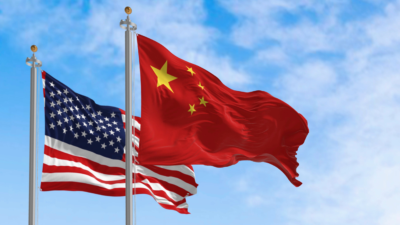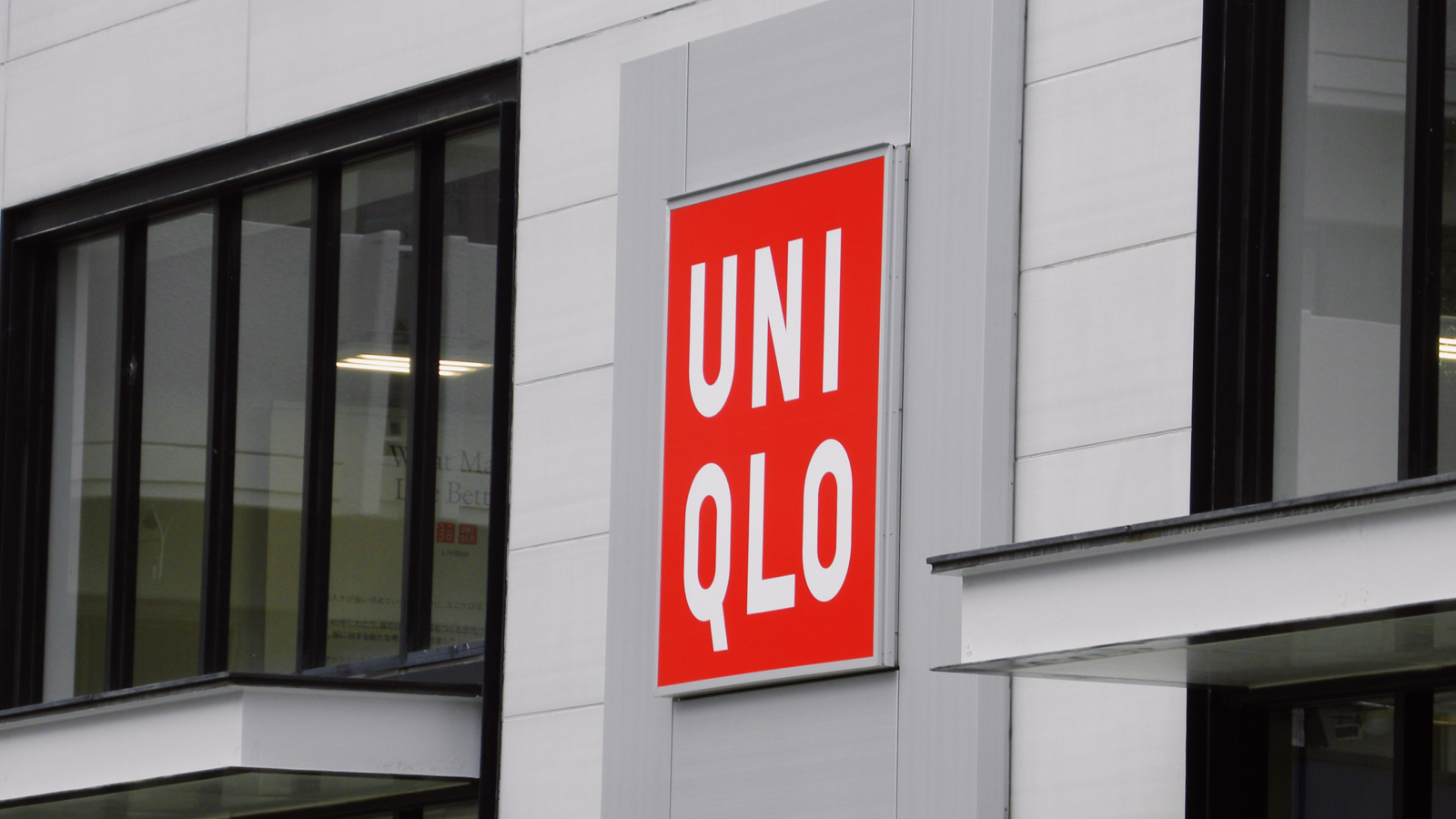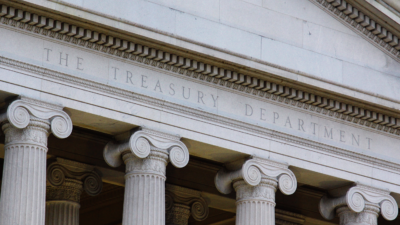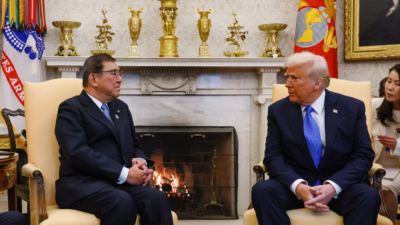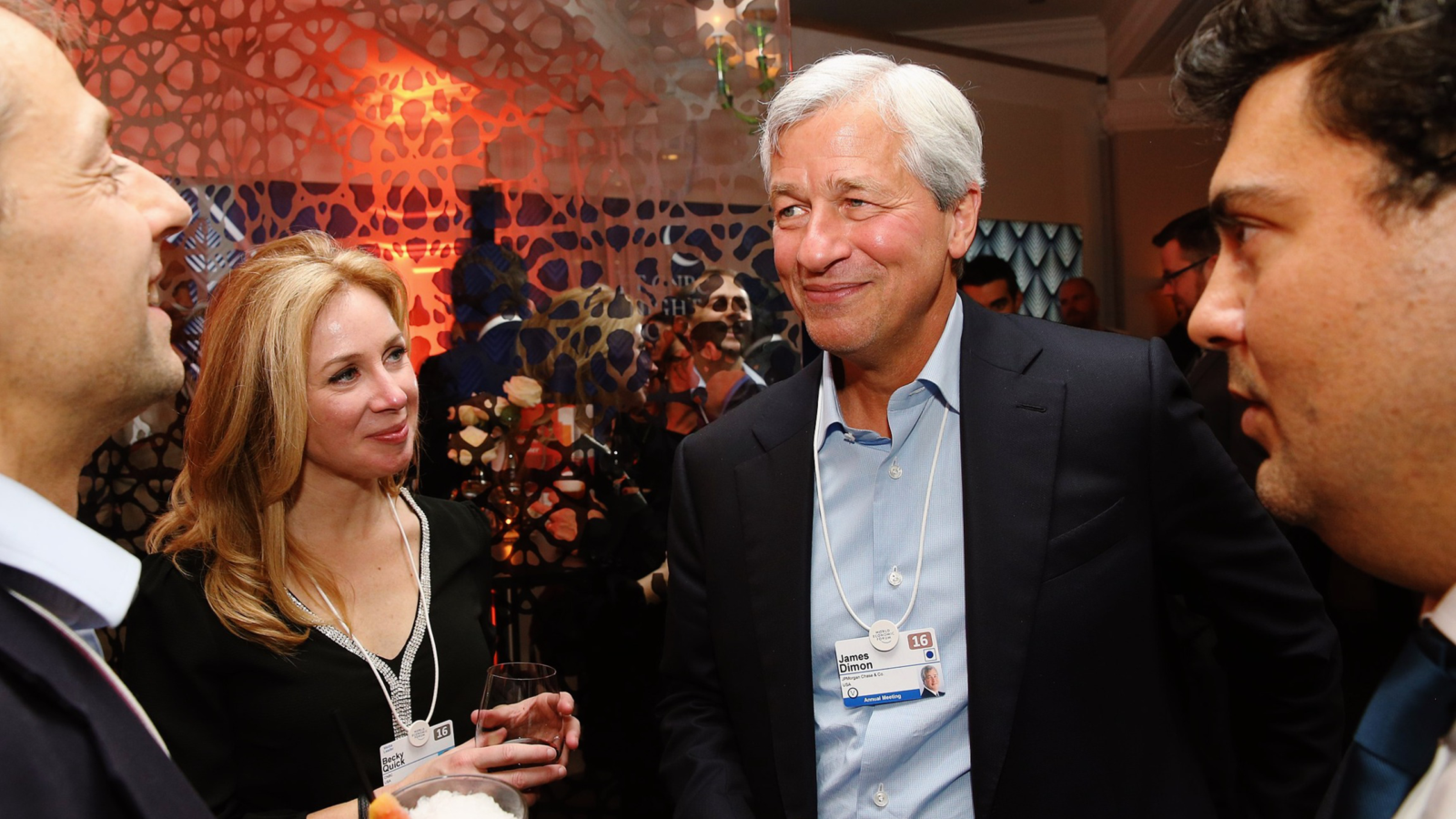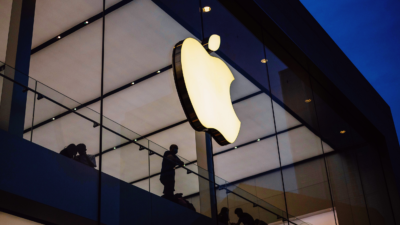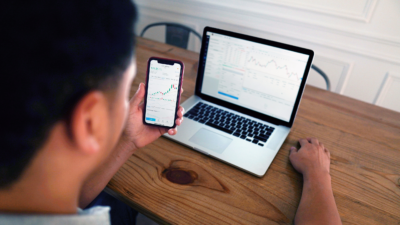The World’s Big Central Banks Play It Safe With Rate Holds
As Kenny Rogers sang, gamblers have to know when to hold them. When it comes to interest rates, so, too, do central banks.
Sign up for smart news, insights, and analysis on the biggest financial stories of the day.
As Kenny Rogers sang, gamblers have to know when to hold them. So, too, do central banks.
Policymakers at the US Federal Reserve, Bank of Japan, Bank of England, People’s Bank of China, and Sweden’s Riksbank held interest rates steady this week as monetary policy found itself in a poker game with global economic uncertainty. Unfortunately, no one has an ace card up their sleeve (although Fed Chair Jerome Powell hinted he has a couple of rate cuts to play at some point this year).
Different Circumstances, Same Decision
Obviously, not every central bank is dealt the same set of economic considerations.
China, for example, is trying to prop up growth with stimulus. The nation saw modest 4% year-over-year retail sales growth in January and February, up from 3.7% in December. But its national consumer price index fell last month by 0.7% — yep, negative inflation (also known as deflation) — and officials revised their annual CPI target down to “around 2%” from 3%. If inflation remains weak, officials have already said they could start easing to stimulate consumer spending in the hope of meeting Beijing’s ambitious 5% growth target this year.
Sweden’s central bank, meanwhile, was more cautious, announcing Thursday that its key rate would “remain going forward.” Despite “substantial global turbulence” created by the US threatening international tariffs, the Riksbank said a dramatic uptick in EU defense spending could balance out trade risks and leave the economy in a holding pattern, hence its own unmoved position.
As for those tariffs, just about every central bank had its own euphemism — the Bank of Japan, which is expected to hike rates at some point this year to guard against rising consumer prices, went with the “evolving situation regarding trade.” But no matter the economic cards they’ve been dealt, policymakers across the board essentially said they want to wait for a clearer global economic picture:
- The Bank of England, for its part, is stuck in between spiralling inflation, which reached a 10-month high of 3% in January — and paltry growth, which registered 0.1% in the fourth quarter. It acknowledged its difficult position on Thursday, stating “monetary policy will need to continue to remain restrictive for sufficiently long” to deal with the uncertainty of global trade policy.
- Federal Reserve officials suggested Wednesday a similar, though not nearly as sluggish, scenario is in the cards for the US: Economic growth, they said, will now come in at 1.7%, down from a 2.1% projection in December, and prices will rise 2.7%, up from a 2.5% forecast. Powell said inflation has started to move up “partly in response to tariffs” but the Fed still expects two rate cuts this year even with the uncertainty.
The Outsider: Somebody has to break ranks and, on Thursday, that was Switzerland’s central bank. Swiss National cut its key interest rate by a quarter percentage point to 0.25%, in an expected move. It followed a jumbo 50 basis-point cut in December and marked the fifth successive cut since March 2024. But, unlike its Western peers, inflation in Switzerland registered at a barely there 0.3% annually in February, the lowest in four years. A strong Swiss franc has made imported goods from the Eurozone cheaper, but even the Swiss could soon enter a holding pattern, as Swiss National said the “backdrop of increased trade and geopolitical uncertainties” may introduce new risks.
